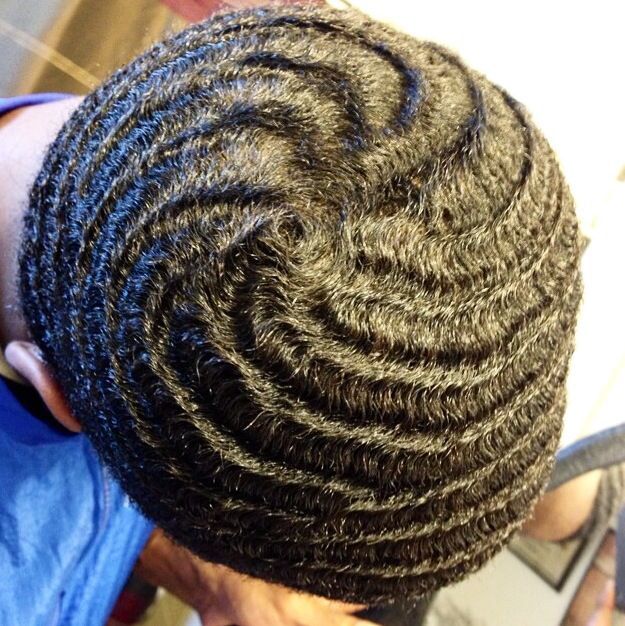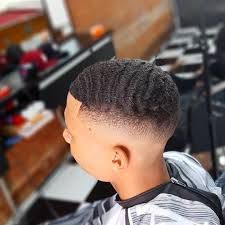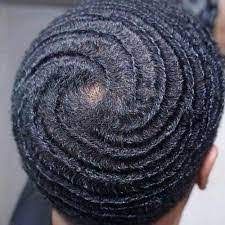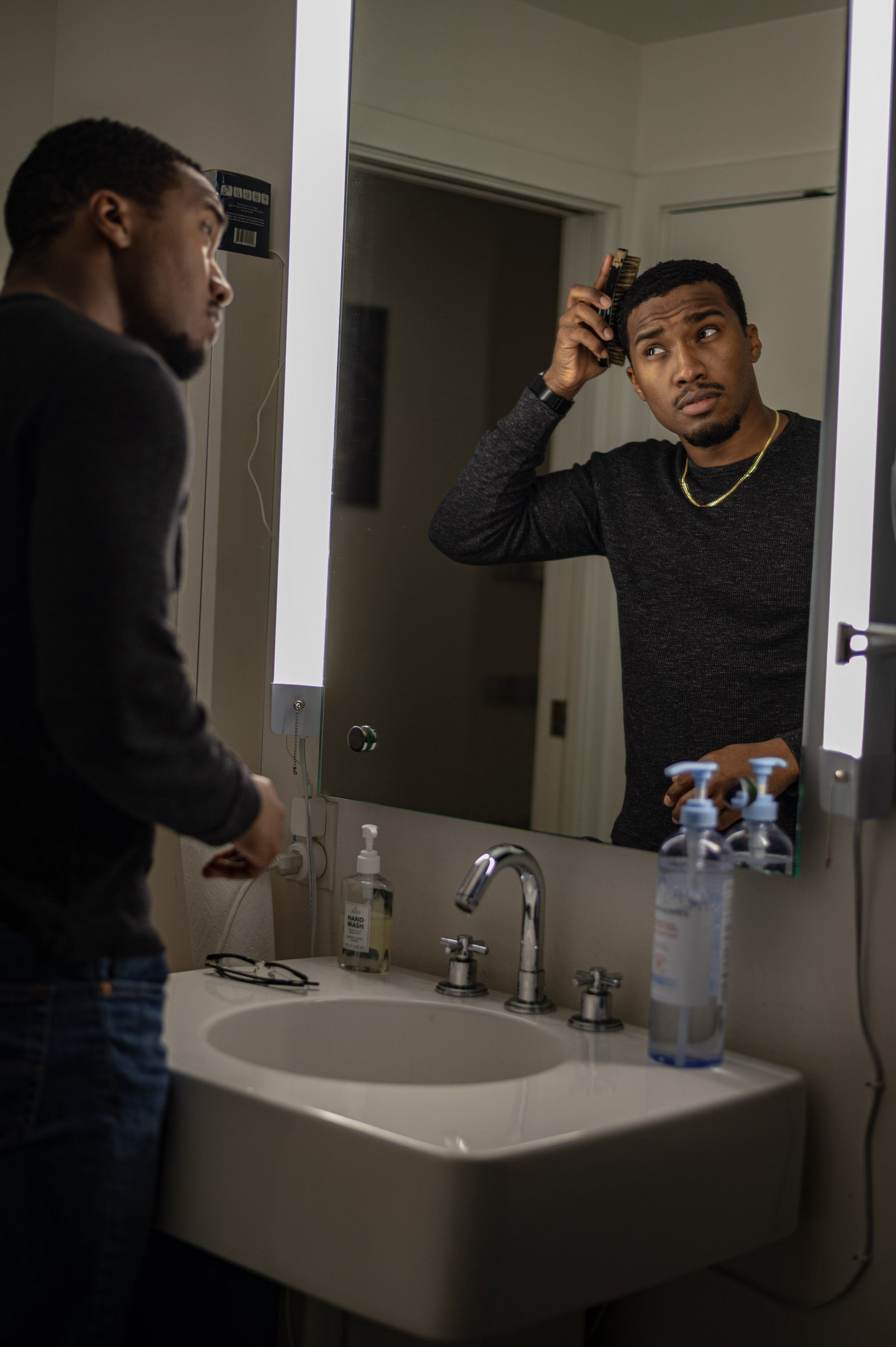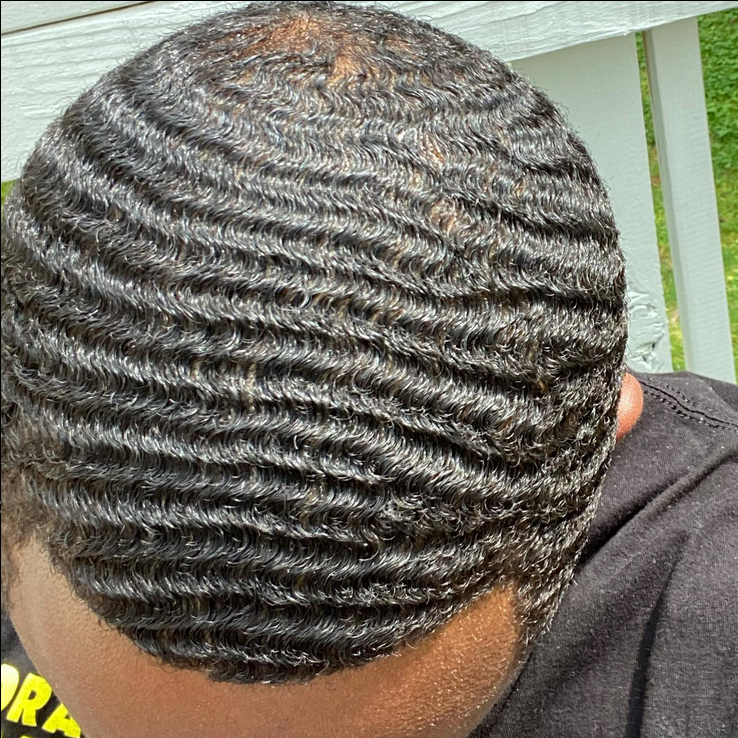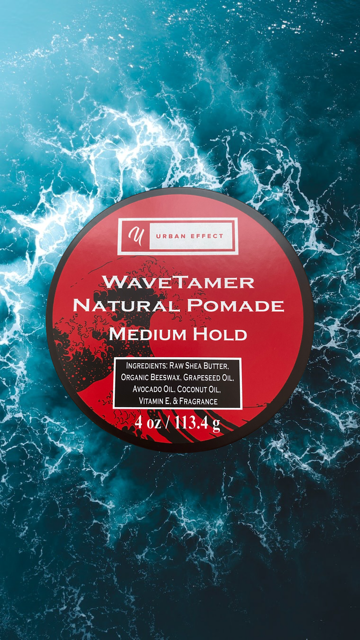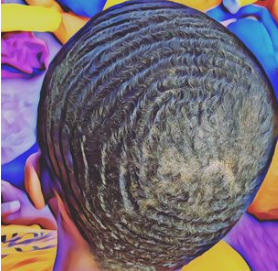Pros and Cons of using a Steamer / Heat Cap
By: Phil Dixon
Various Benefits and Potential Drawbacks
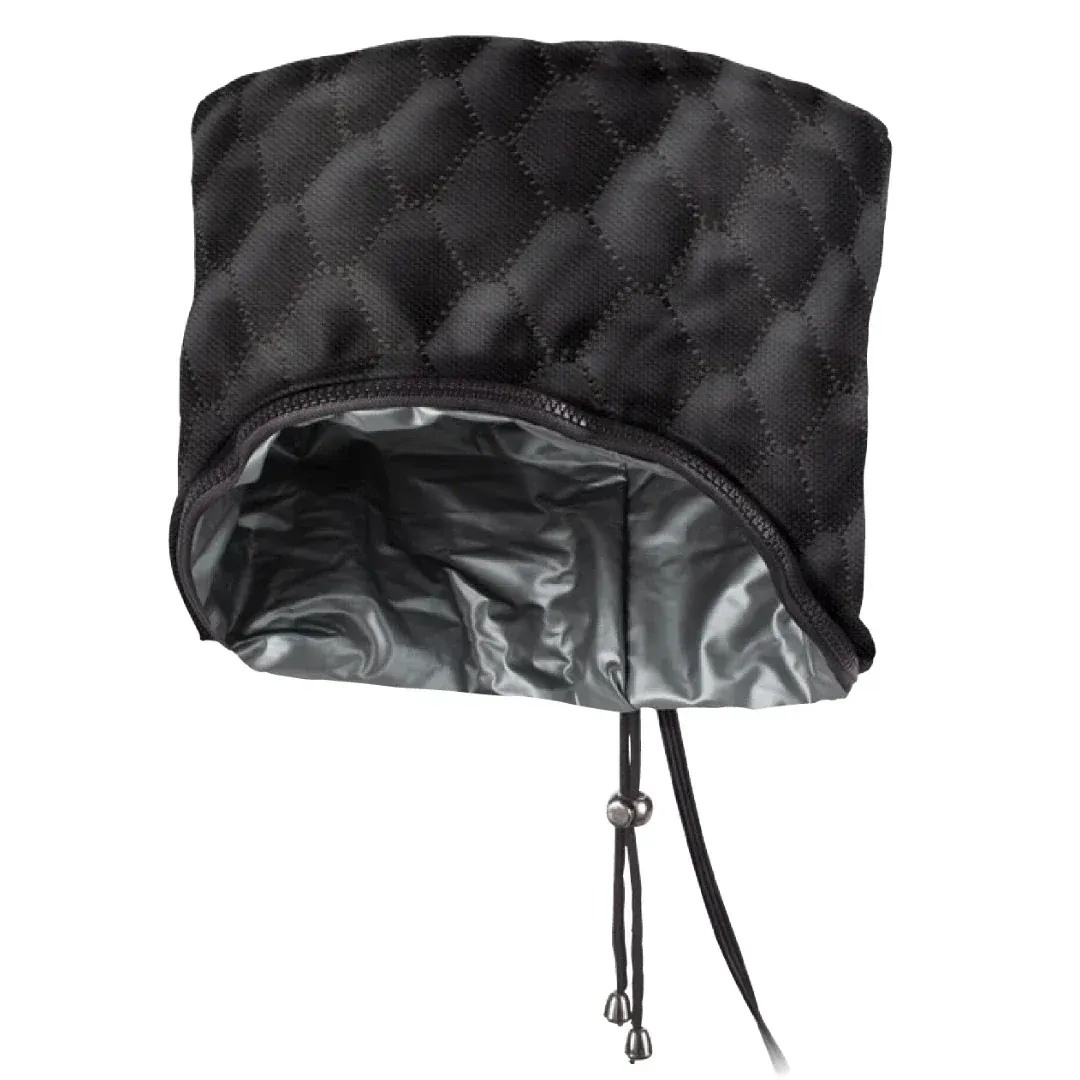
Using a steamer or heat cap on your hair can offer various benefits, but it also has potential drawbacks. Here’s a breakdown of the pros and cons for each:
Hair Steamer
Pros:
- Hydration: Steamers help to deeply hydrate the hair, making it more moisturized and reducing dryness. This is particularly beneficial for curly or textured hair that tends to be drier.
- Improved Product Penetration: Steam opens up the hair cuticles, allowing conditioning treatments, oils, and other products to penetrate more effectively into the hair shaft.
- Reduced Frizz: Regular steaming can help reduce frizz and improve the overall texture and manageability of the hair.
- Scalp Health: Steaming can also benefit the scalp by improving blood circulation, which may promote healthier hair growth and reduce dandruff.
Cons:
- Time-Consuming: Steaming takes more time compared to other hair treatment methods. It requires you to sit under the steamer for a period, which might not be convenient for everyone.
- Equipment Costs: High-quality hair steamers can be expensive, and there might be an initial investment required.
- Potential Overuse: Overuse of steam can lead to overly hydrated hair, which may become weak or more prone to breakage if not properly balanced with protein treatments.
Heat Cap
Pros:
- Efficient Heat Application: Heat caps provide consistent and direct heat, which can be effective in deep conditioning treatments by helping products to penetrate the hair more thoroughly.
- Convenience: Heat caps are usually more portable and user-friendly compared to steamers. They often require less setup and can be used while you’re doing other activities.
- Cost-Effective: Heat caps are generally less expensive than hair steamers and don’t require water or electricity for operation.
Cons:
- Risk of Heat Damage: Prolonged or excessive heat application can potentially damage the hair, making it dry or brittle if not used properly.
- Limited Moisture: Unlike steamers, heat caps don’t provide moisture directly. They are primarily used for applying heat to enhance the effectiveness of conditioning treatments but don’t address hydration on their own.
- Variable Heat Levels: Some heat caps may have limited temperature settings or uneven heat distribution, which can affect the consistency of the treatment.
Choosing the Right Option
The choice between a steamer and a heat cap depends on your specific hair needs and preferences. If you’re looking for deep hydration and improved moisture retention, a steamer might be the better option. If you prefer a more portable and cost-effective solution for enhancing your conditioning treatments, a heat cap could be more suitable. In both cases, it’s important to use these tools correctly and avoid overuse to ensure your hair remains healthy and well-maintained.
Wavers Digest
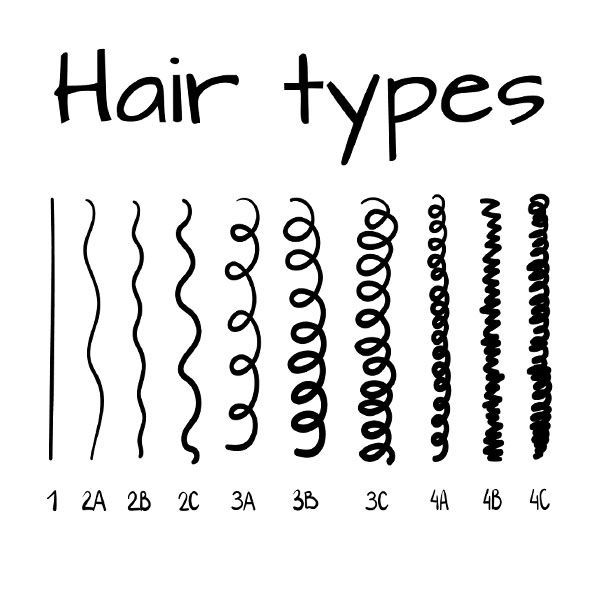
By site-lQS_7A
•
May 26, 2024
Assessing your hair type is an important step in understanding its unique characteristics and determining the most suitable hair care routine. Here's a simple guide to help you assess your hair type: 1. Texture: Fine Hair: Fine hair strands are thin and delicate. They can be difficult to see or feel when rolled between your fingertips. Medium Hair: Medium hair strands are neither too thick nor too thin. They are typically easy to see and feel when rolled between your fingertips. Coarse Hair: Coarse hair strands are thick and sturdy. They are easily visible and may feel rough or wiry when rolled between your fingertips. 2. Density: Low Density: If you can easily see your scalp even when your hair is not parted, you likely have low-density hair. It may appear thin or sparse. Medium Density: If your scalp is somewhat visible when your hair is parted but not overly so, you likely have medium-density hair. It has a moderate amount of hair strands. High Density: If your scalp is barely visible even when your hair is parted, you likely have high-density hair. It appears thick and full. 3. Porosity: Low Porosity: If your hair takes a long time to wet and water beads up on the surface rather than being absorbed, you likely have low porosity hair. It may also be resistant to hair products. Medium Porosity: If your hair readily absorbs water and retains moisture well without feeling overly dry or greasy, you likely have medium porosity hair. It is considered the ideal balance. High Porosity: If your hair quickly absorbs water and feels dry or frizzy shortly after washing, you likely have high porosity hair. It may also be prone to breakage and split ends. 4. Elasticity: Low Elasticity: If your hair stretches a little before breaking and does not return to its original length, you likely have low elasticity hair. It may feel stiff and prone to breakage. Medium Elasticity: If your hair stretches and returns to its original length without breaking, you likely have medium elasticity hair. It has a healthy level of flexibility. High Elasticity: If your hair stretches significantly before breaking and feels overly stretchy or gummy, you likely have high elasticity hair. It may be prone to excessive stretching and breakage. By considering these factors—texture, density, porosity, and elasticity—you can gain valuable insights into your hair type and tailor your hair care routine accordingly. Remember that your hair may exhibit characteristics of more than one type, so it's essential to observe how your hair behaves in various situations to determine its unique needs.



